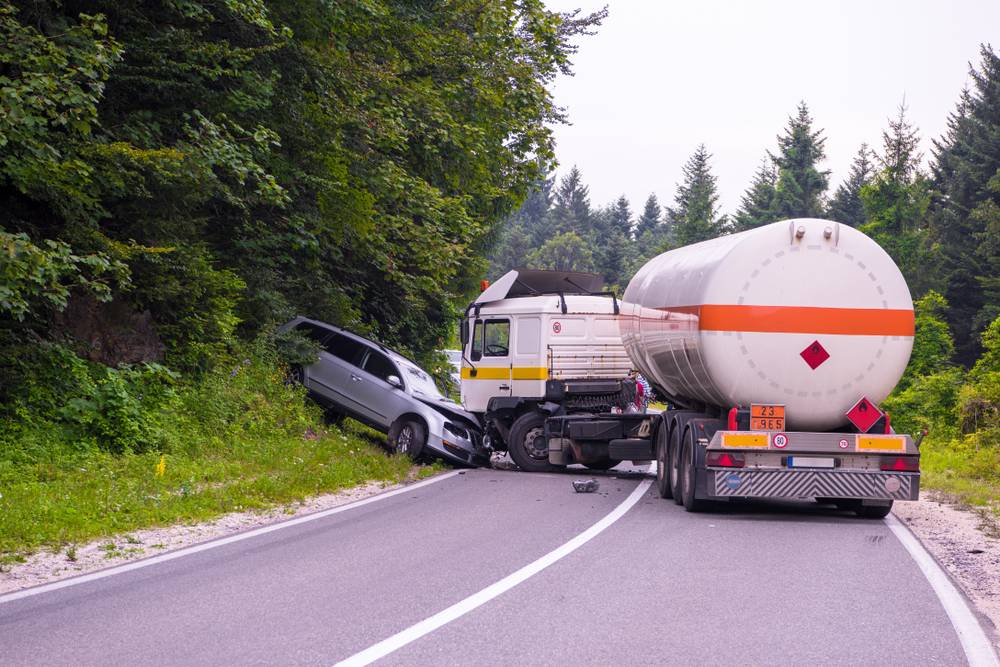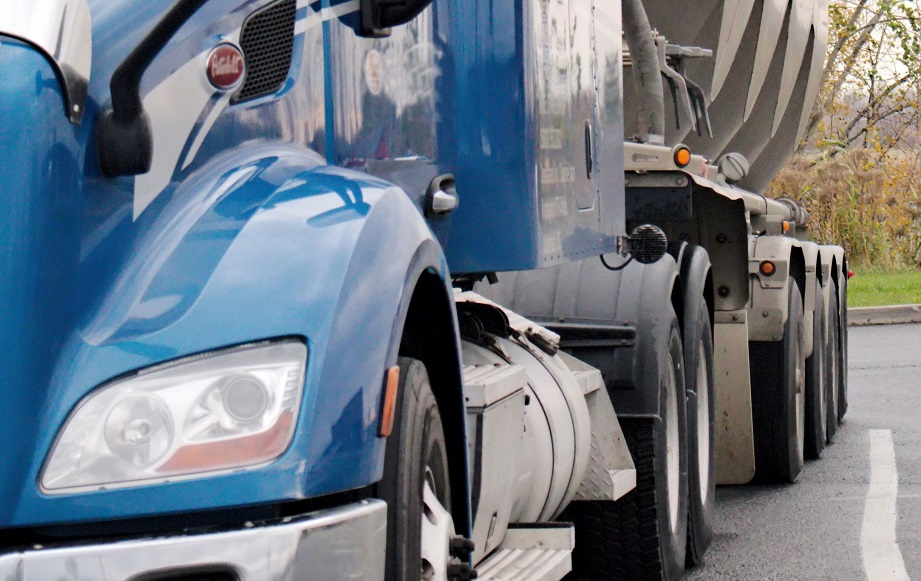
Introduction
In the hustle and bustle of our modern world, the roads are filled with various vehicles, each playing a crucial role in transportation. Among these, trucks stand out for their significant contribution to the economy. However, with great utility comes great responsibility, and unfortunately, truck accidents have become a prevalent issue, causing not only economic losses but also posing serious threats to human life. In this article, we delve into the multifaceted aspects of truck accidents, exploring their causes, consequences, and essential safety measures.
The Causes Behind Truck Accidents
Understanding the root causes of truck accidents is pivotal in crafting effective preventive strategies. Some of the primary factors include:
1. Driver Fatigue
Long hours on the road often lead to driver fatigue, impairing alertness and reaction times. This is a critical concern, especially in the trucking industry where tight schedules and demanding delivery timelines are the norm.
2. Mechanical Failures
Trucks undergo tremendous wear and tear due to extended periods of operation. Mechanical failures, such as brake malfunctions or tire blowouts, can result in catastrophic accidents. Regular maintenance and inspections are crucial to preventing these issues.
3. Distracted Driving
With the advent of technology, distractions within the cab have become more prevalent. Drivers using mobile phones, GPS devices, or other electronic gadgets are more prone to accidents. Education and strict regulations can mitigate these distractions.
4. Adverse Weather Conditions
Trucks are particularly vulnerable to adverse weather conditions, such as heavy rain, snow, or strong winds. Poor visibility and slippery roads contribute to a higher risk of accidents. Adequate training for drivers to handle such situations is imperative.
Consequences of Truck Accidents
The aftermath of a truck accident can be devastating, affecting various stakeholders. Some of the consequences include:
1. Human Casualties
Truck accidents often result in severe injuries or fatalities. Due to the sheer size and weight of trucks, collisions can be catastrophic for occupants of smaller vehicles involved in the accident.
2. Economic Impact
Beyond the human toll, truck accidents have a substantial economic impact. Property damage, medical expenses, and legal proceedings contribute to the financial burden borne by individuals and insurance companies.
3. Environmental Consequences
Spills from cargo and fuel can lead to environmental contamination. The cleanup process, along with the potential long-term ecological effects, adds another layer to the consequences of truck accidents.

Safety Measures and Regulations
To address the pressing issue of truck accidents, a comprehensive approach involving safety measures and regulations is crucial:
1. Strict Hours-of-Service Regulations
Enforcing strict regulations on the number of hours a truck driver can operate without breaks is essential to prevent driver fatigue. Adequate rest intervals contribute to increased alertness and reduced accident risks.
2. Routine Vehicle Inspections
Regular inspections of trucks for mechanical faults can prevent accidents caused by equipment failures. Mandatory maintenance checks should be enforced to ensure the roadworthiness of every commercial vehicle.
3. Advanced Driver Training Programs
In-depth training programs focusing on defensive driving and handling adverse conditions should be mandatory for all truck drivers. This ensures they are well-prepared to navigate challenging situations safely.
4. Technology Integration
The incorporation of advanced safety technologies, such as collision avoidance systems and lane departure warnings, can significantly reduce the likelihood of accidents. Investing in these technologies should be encouraged across the trucking industry.
Conclusion
Truck accidents are a complex issue with far-reaching consequences. By addressing the root causes and implementing effective safety measures, we can work towards making our roads safer for everyone. It is not just a matter of regulations but also a collective responsibility to ensure that the transportation industry moves towards a future where accidents are minimized, and lives are protected.






